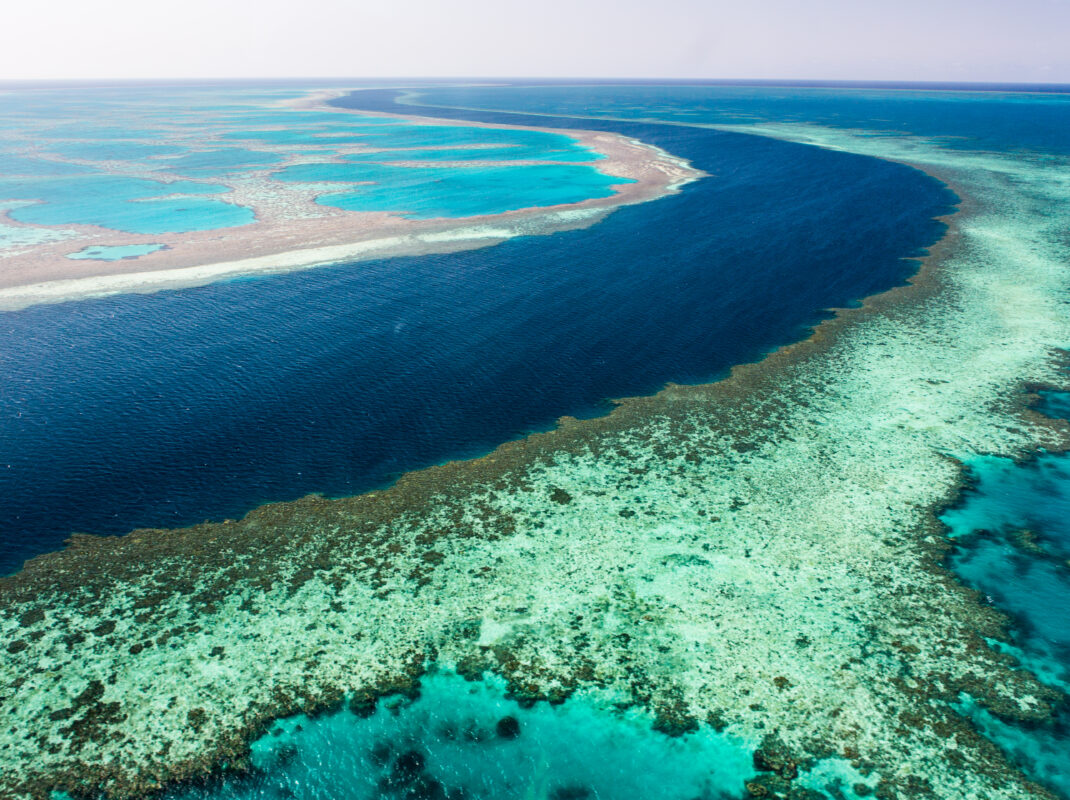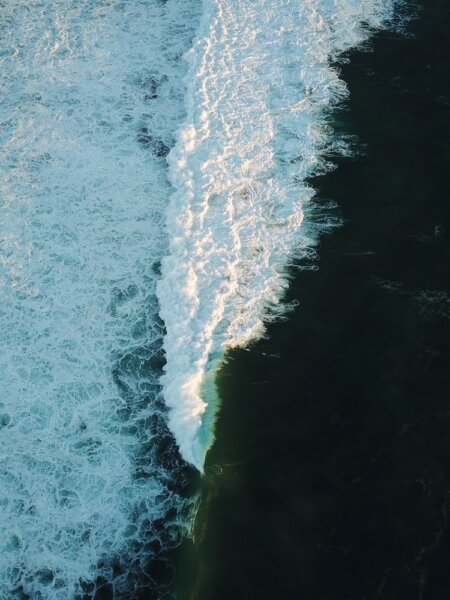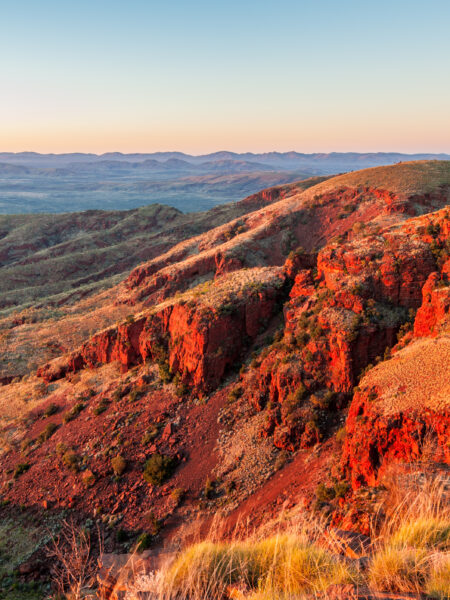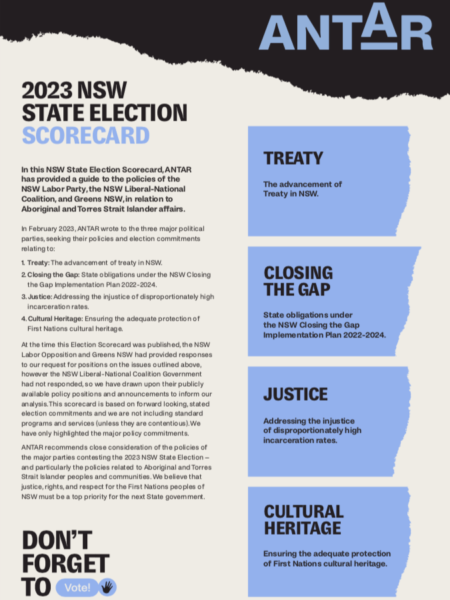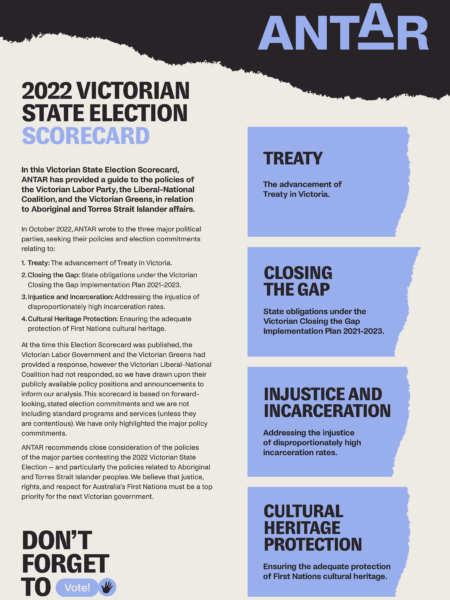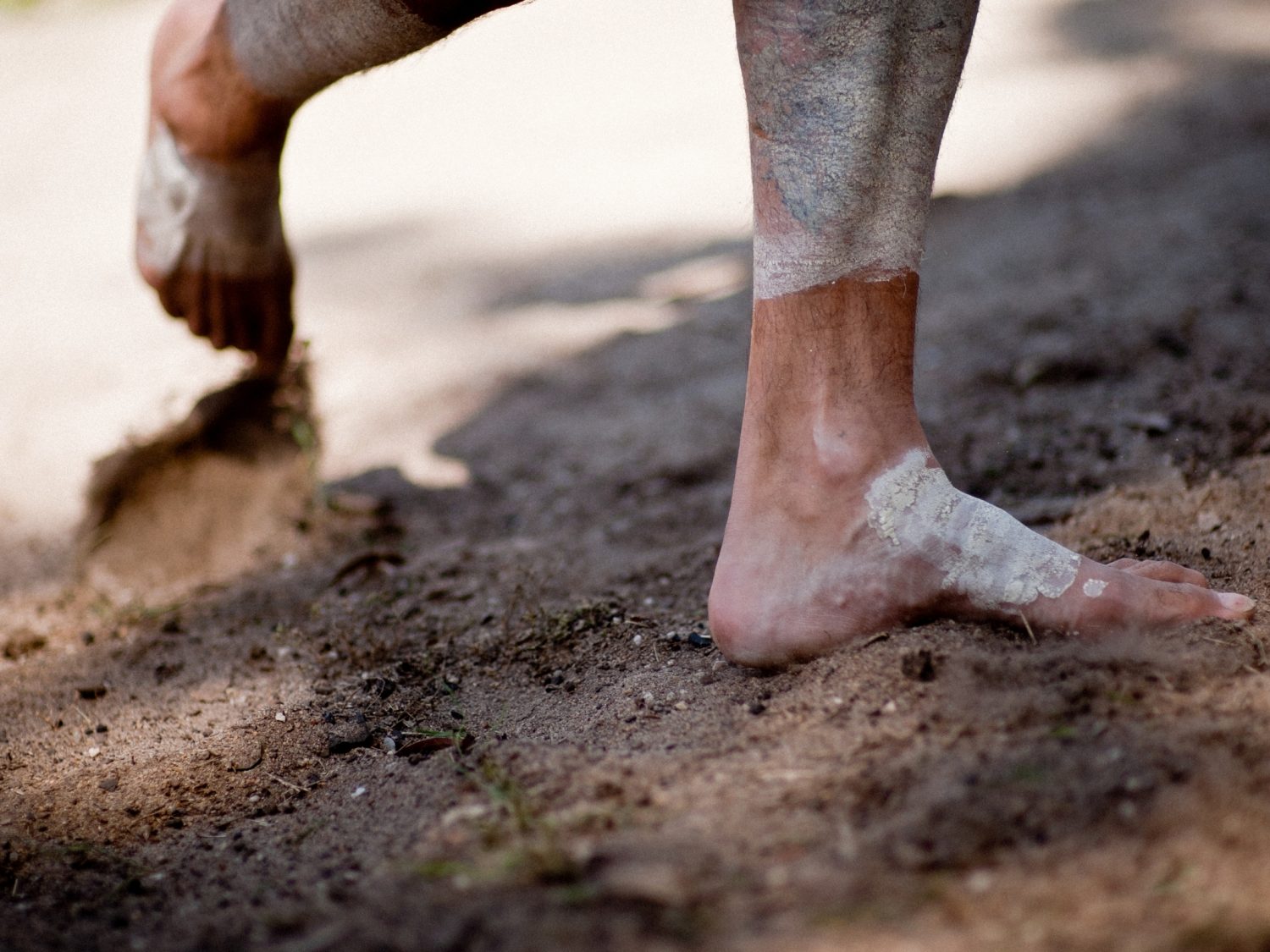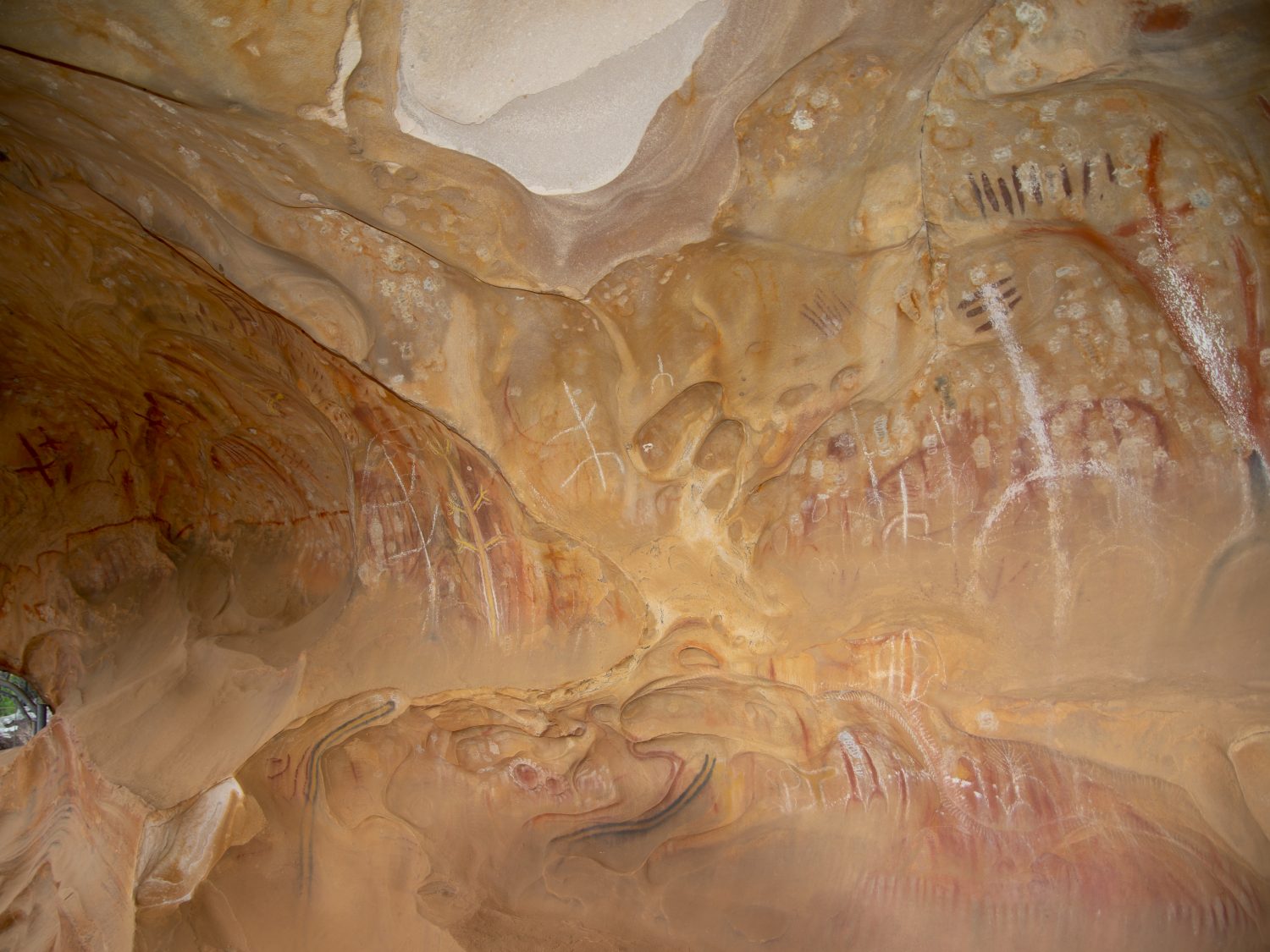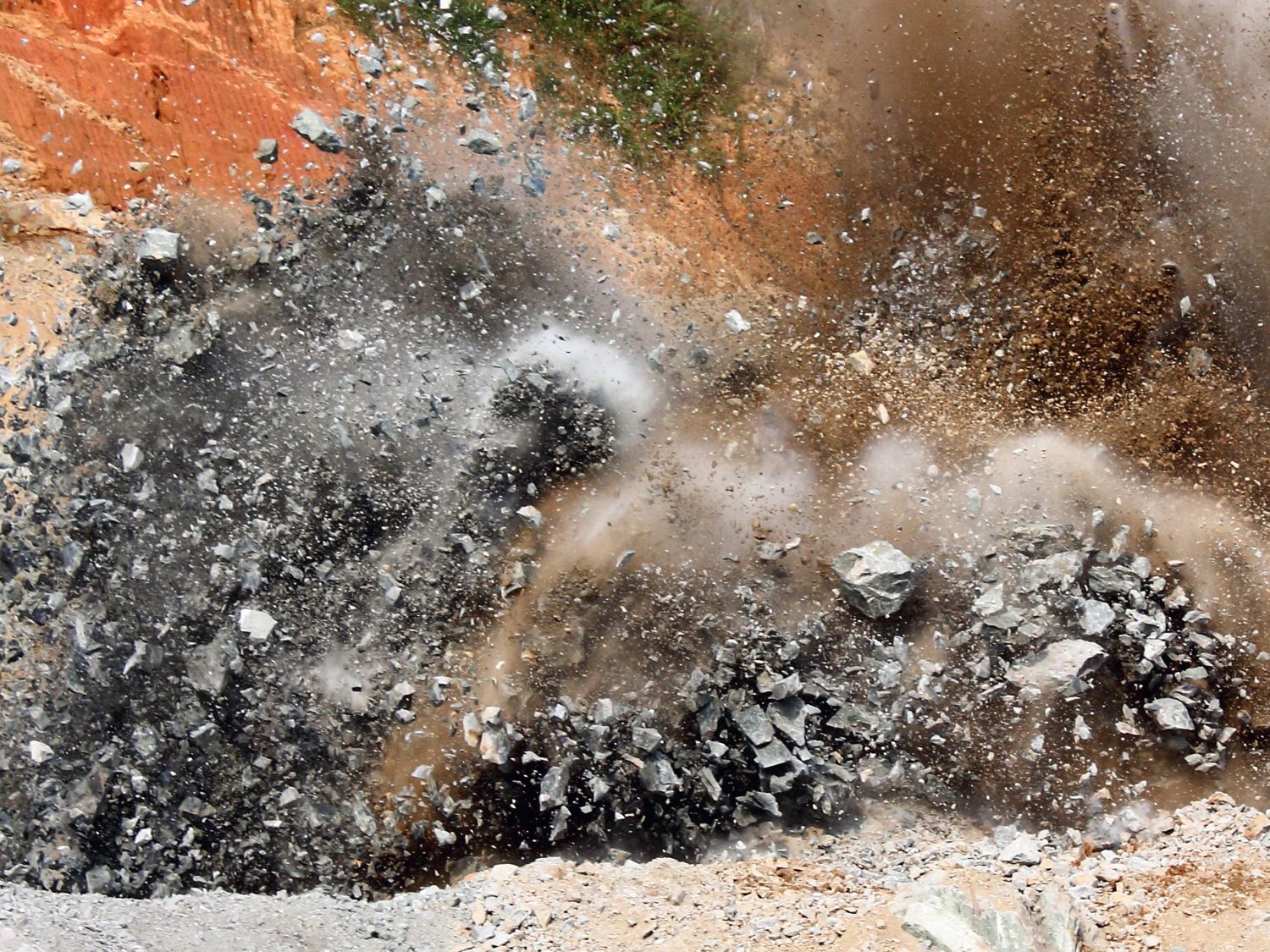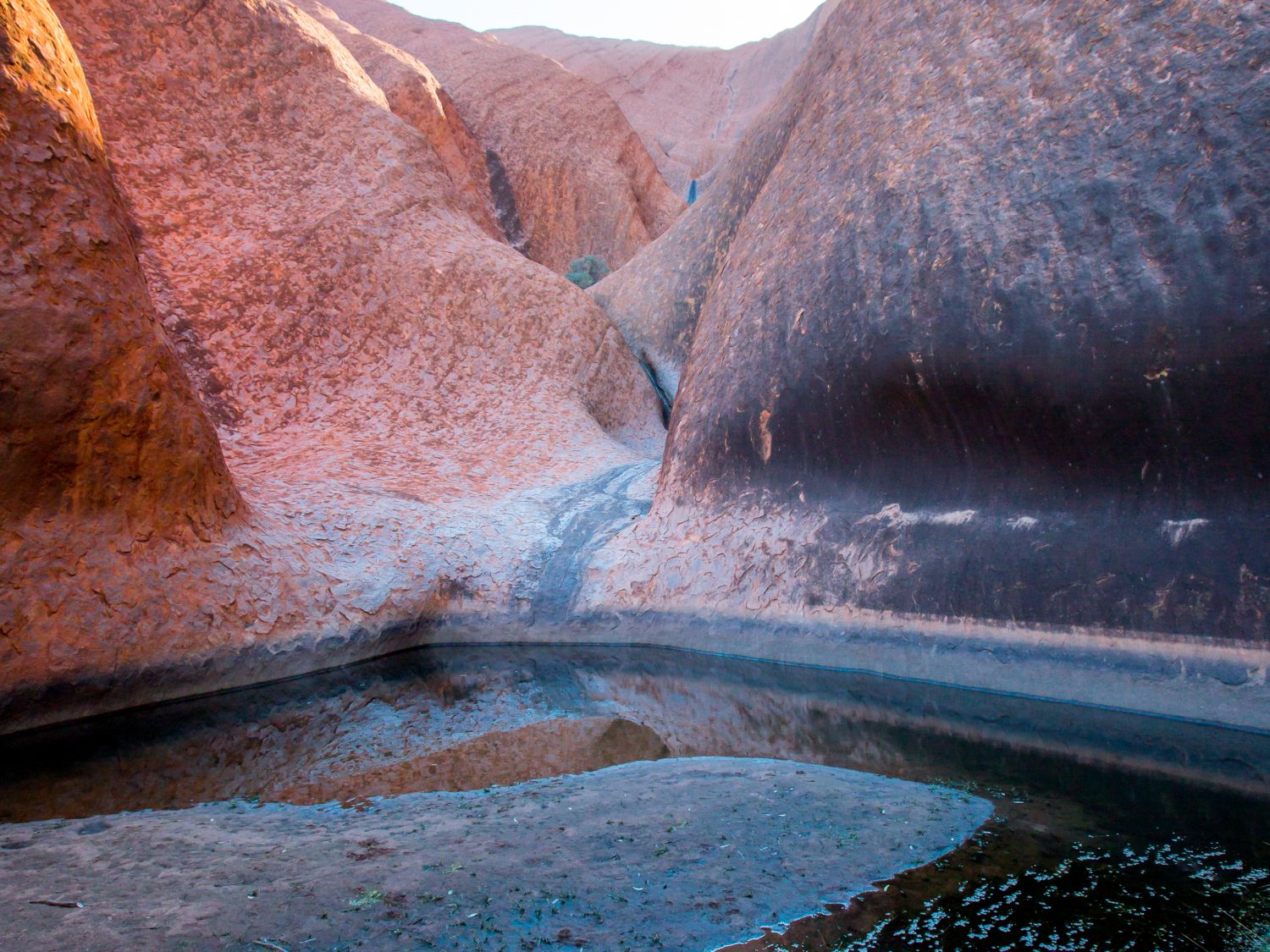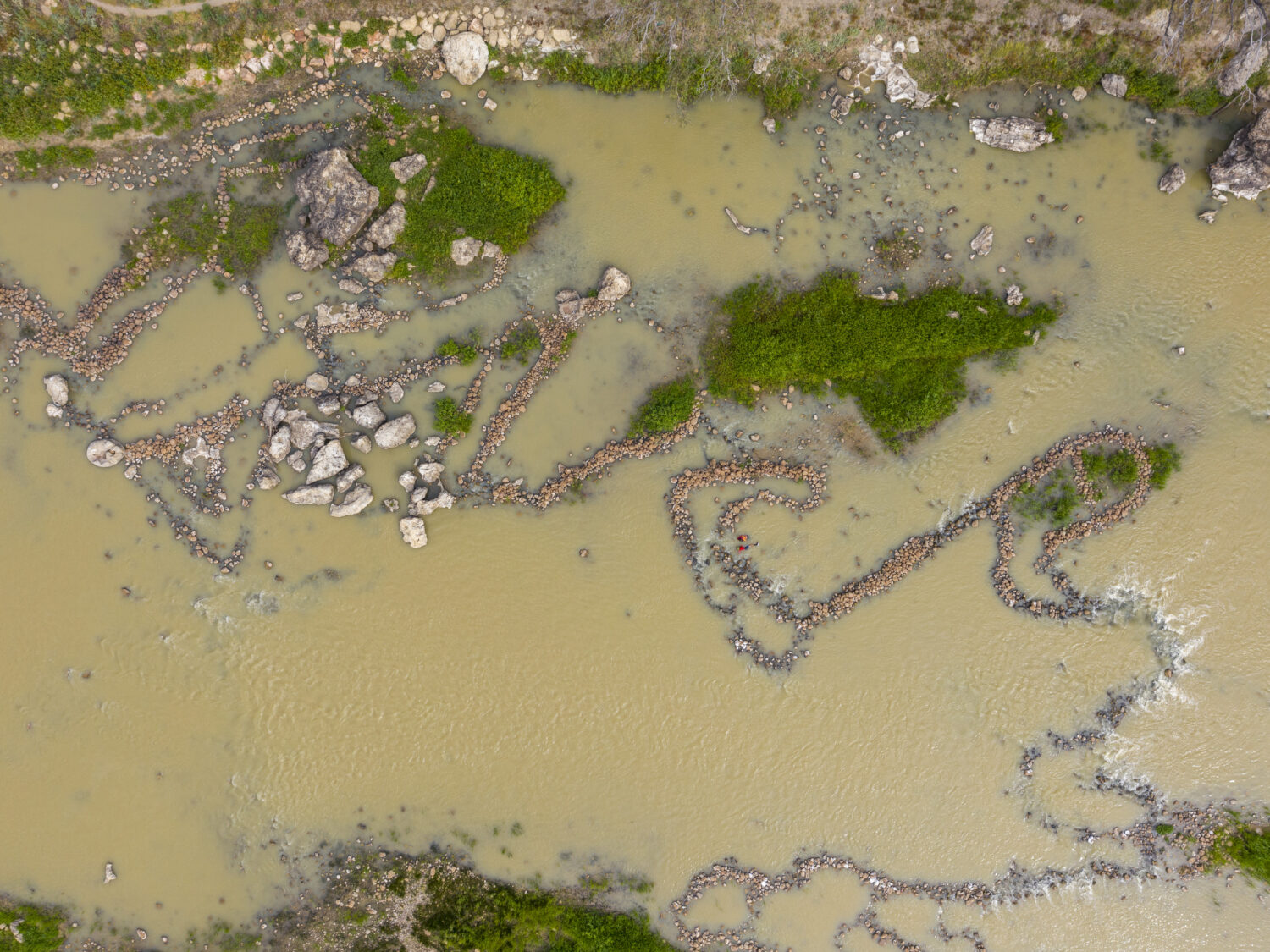Although Queensland accommodates over 22 million tourists a year (pre-covid), it is also recognised globally as a leading destination for its mining and resources investment. With high-potential mineral and energy resources that are yet to be fully explored or reach production, the Queensland Government continues to fund on-going geophysical surveys to enhance exploration opportunities and position Queensland as a preferred region for mining globally. The unfortunate reality is that many of these unexplored areas are also where Aboriginal and Torres Strait Islander cultural heritage exists.
Contention between mining companies and First Nations Peoples continues to arise where land access requires the downplaying of Indigenous rights and denial of land rights that have been fought for by First Nations Peoples for over 230 years.
BACKGROUND
Queensland was the last state to introduce cultural heritage legislation and was also regarded as having the worst heritage record in Australia prior to the Queensland Heritage Act 1992.
The Queensland Heritage Act 1992 creates a framework to protect places or objects of cultural heritage significance for aesthetic, architectural, historic, scientific, social or technological reasons. In practice, the Act mainly protects built European heritage such as historic buildings. It does not apply to protect First Nations cultural heritage.
The Aboriginal Cultural Heritage Act 2003 (Qld) and the Torres Strait Islander Cultural Heritage Act 2003 (Qld)
The Aboriginal Cultural Heritage Act 2003 (Qld) (ACHA) and the Torres Strait Islander Cultural Heritage Act 2003 (Qld) (TSICHA) were introduced as a replacement of the Queensland Cultural Record (Landscapes Queensland and Queensland Estates) Act 1987. The ACHA and the TSICHA are in effect identical in their purpose to provide effective recognition, protection and conservation of areas and objects of Aboriginal and Torres Strait Islander cultural significance. Both the ACHA and the TSICHA specify that it is not necessary for an area to contain markings of other physical evidence indicating Aboriginal and/or Torres Strait Islander occupation, emphasising the intangible aspects of cultural heritage.
Cultural Heritage Duty of Care Guidelines
An important element of the ACHA and the TSICHA includes the cultural heritage duty of care guidelines where it is expected that appropriate consultation and caution is taken prior to activity taking place on land where cultural heritage is located. The guidelines are thorough in outlining where and how parties are expected to engage with Aboriginal Parties and management plans prior to any activity taking place. These guidelines apply regardless of whether or not the area in question has been recorded in the Aboriginal and Torres Strait Islander Cultural Heritage Database and Register, and are intended to protect against harm to Aboriginal and Torres Strait Islander cultural heritage.
There is no offence in not complying with the cultural heritage duty of care guidelines. However, complying with the guidelines affords strict compliance with the cultural heritage duty of care. Where Aboriginal cultural heritage is harmed by an activity, and the activity is not otherwise covered by sections 23(3), 24(2), 25(2) or 26(2) of the Act, failure to have complied with the guidelines may result in prosecution under the Act. Maximum penalties for contravening the cultural heritage duty of care are $137,850 for an individual and $1,378,500 for a corporation.
Duty of Care Guidelines
The Department of Seniors, Disability Services and Aboriginal and Torres Strait Islander Partnerships, in conjunction with the Department of Environment and Science (DES) is responsible for investigating activities that allegedly breach Aboriginal and Torres Strait Islander cultural heritage legislation.
Cultural Heritage Management Plan
A Cultural Heritage Management Plan (Part 7 of Aboriginal Cultural Heritage Act 2003) is an agreement between a land user and Traditional Owners that is developed when an environmental impact statement is required for a project. When an agreement between the land user and Traditional Owners cannot be met, the matter can be referred to the Land Court of Queensland.
TIMELINE
- 1959: the Forestry Act 1959 that offered limited protections for cultural heritage only where crown holding leases applied
- 1967: Aboriginal Relics Preservation Act 1967 (repealed)
- 1984: Abbots Point Coal Terminal established
- 1987: Cultural Records Act 1987 (repealed)
- 1992: Mabo v Queensland (no. 2) where The High Court recognised the fact that Indigenous peoples had lived in Australia for thousands of years and enjoyed rights to their land according to their own laws and customs
- 1992: Queensland Heritage Act 1992
- 1994: Environmental Protection Act 1994
- 1996: Wik Peoples v Queensland
- 1999: Land Resources Tribunal Act 1999
- 2003: Aboriginal Cultural Heritage Act 2003 & the Torres Strait Cultural Heritage Act 2003
- 2004: Bio-discovery Act 2004 with aim to ensure bio-discovery activities in Queensland are sustainable, while returning a fair and equitable benefit to the community
- 2010: Adani opens Carmichael coal mine
- 2019: The Cultural Heritage Act review begins
- 2021: Grazier in Cape York cleared of charges following breaches of guidelines for clearing 500 acres of land
- 2021: Adani approved to expand Carmichael coal mine
- 2022: Largest Traditional Use of Marine Resources Agreement (TUMRA) on the Great Barrier Reef granted to Darumbal People.
What’s happening now?
The Environmental Defenders Office commenced a review of the ACHA and the TSICHA in partnership with First Nations People in 2019. The Submission on the Options Paper: Finalising the Review of Queensland’s Cultural Heritage Act concludes that:
It is clear from the experiences of EDO’s First Nations clients, described throughout case studies in EDO’s submission, that the Cultural Heritage Acts are not achieving their purpose of providing effective recognition, protection and conservation of cultural heritage. Meaningful reform of the Cultural Heritage Acts and a full-scale review of the relevant Department’s administration is necessary to ensure that the Acts meet their purpose and provide for First Nations justice.
There are a number of recommendations that have been made following the review which can be found here.
Sites of Concern
Whilst the protections mentioned above may seem extensive and thorough, sites of concern in Queensland bring to the forefront the limitations of the ACHA and the TSICHA. Native title holders and Traditional Owners experience anxiety over having their entitlements extinguished if in disagreement with large scale projects where protections fail to fulfil their purposes.
Proposal for eco-tourism accommodation in the Sunshine Coast national park
The Queensland government is planning to build accommodation throughout the Great Sandy National Park. This is despite experts raising concerns about the risk to the wetlands in the national park as well as the degradation that is already occurring on the eastern beach due to 4WD and camping use. Although the government has stated that they have consulted with local traditional owners, Diane Djaki Widjung, keeper of records for the Sovereign Kabi tribe, said:
They [traditional owners] certainly don’t want to see acres and acres of forest knocked down to put in cabins and walkways.
Greg Wood, convener of Protect Our Parks and Rainbow Beach resident also explains that:
The proposal has nothing to do with Aboriginal cultural heritage. It’s aimed at giving wealthy people a night in a comfortable cabin … where they can go for a little walk in the bush. We’re going into the last refuges of nature … that have been protected from commercial private development … and we’re going to monetise them as well.
Contention between the Queensland government and local communities arises where there is perceived economic value in developing infrastructure as opposed to preserving pristine environments where cultural heritage exists.
Recently the Queensland Government has decided to review the plan for development.
Adani mine expansion
Although there have been reports of the Carmichael mine site containing cultural sites that are thousands of years old, Bravus Mining & Resources (formerly Adani) were approved to detonate the site and expand the mine. Adrian Burragubba, a Nagana Yarrbayn Senior Elder and spokesperson for the Wangan and Jagalingou Cultural Custodians and other Traditional Owners’ stated that their concerns had been ignored and that information about the works has been misleading:
The site was an ancient stone tool making area that our people utilised for thousands of years. These artefacts are a reminder of who we are – they must not be destroyed. Some artefacts have been collected, but thousands more have been blown up and bulldozed into piles.
Despite there already being a ‘no’ vote on three separate occasions for Adani’s proposed works, on April 16, Wangan and Jagalingou people were said to have voted 294 to 1 in favour of an Indigenous Land Use Agreement for the Carmichael Project. The authenticity of the vote is questioned on the grounds of consultation with the relevant First Nations groups and the use of ‘rent a crowd’ tactics to gain votes by funding attendance through transport, accommodation and food.
Not only was the vote conducted outside of the land of the Traditional Owners who were to be directly affected by the expansion, but Native Title holders have also claimed that they were under the impression that their refusal of the project would result in the extinguishment of their Native Title rights.
They disrespect us, they disrespect our law, they disrespect our protocols…And they disrespect our self- determination by trying to control our people: by buying people off and getting our people to fight against each other.
In reference to the cultural heritage duty of care guidelines, Bravus Mining & Resources (Adani) had considered them malleable in the application to their proposed work. They had misled First Nations representatives and exploited the limitations of the guidelines and Acts that are intended to protect cultural heritage. Where investigations and stop orders were refused, the question of whose interests are being prioritised and for what benefit continues to heighten anxieties about the ongoing destruction of invaluable cultural heritage sites across Australia.
The Australian International Council of Monuments and Sites stated in the Senate’s A Way Forward report (2021) that:
Stakeholders in Queensland raised various issues about the application of the State’s cultural heritage legislation. Evidence suggests that threats to and destruction of cultural heritage is a constant occurrence in the State.
The report A Way Forward highlights a number of occurrences where stakeholders have been critical of the duty of care guidelines as well as the ability of the ACHA and the TSICHA to provide the legitimate protection of Aboriginal and Torres Strait Islander cultural heritage.
The Torres Strait Islands
In May 2019, a group of Zenadth Keys (Torres Strait Islanders), called the Torres Strait 8, lodged a landmark human rights complaint against the Australian Government with the United Nations. The complaint accused the Commonwealth of breaching their fundamental rights to culture and life by failing to act on climate change. In September 2022 the Human Rights Committee found against Australia. In November 2022 a group from the Torres Strait 8 demonstrated on Parliament House Lawns before a planned meeting with the Minister for Climate Change and other MP’s. Their immediate request was a bid to have their homes saved and to request significant funding for longer term adaptation measures to ensure the islands can remain habitable. It is ‘believed to be the first Torres Strait Islander-led action at Parliament House’. The Federal Government has till March 2023 to make an official response to the UN finding.
It should also be noted that in the past and currently that communities of Torres Strait Islanders are seeking self-determination and regional sovereignty, outlined in a four point plan called ‘The Masig Statement – Malungu Yangu Wakay (Voice from the Deep)’.
While the UN finding in this specific case sets a positive precedent there is no certainty that the multifaceted local and global factors that impact the present and future wellbeing of Torres Strait Islanders can be adequately addressed by the federal government. The western province villages of Papua New Guinea, one of the poorest and most vulnerable communities in the world are near neighbours, with all the concomitant impacts of social, economic, and health conditions.
With contributions from academic researchers over a number of years local leadership has made significant progress towards an holistic Torres Strait Regional Adaptation and Resilience Plan 2016- 2021. Evidence from this Plan suggests that if climate change continues to accelerate, up to 2,000 Torres Strait Islanders will be displaced to the mainland by the end of the century due to rising sea levels. The Queensland government is also committed to action in its Cape York and Torres Strait Regional Resilience Strategy that was due to undertake a review in July 2022.
The Torres Strait 8 four year campaign has brought the Climate Change vulnerability of many First Nations communities to public attention. A thought provoking Conversation article makes the observation and asks the question: Indigenous peoples across the globe are uniquely equipped to deal with the climate crisis – so why are we being left out of these conversations?
Ways to take action for allies may include subscribing to First Nations websites and other social media, signing petitions, amplifying their messages through other networks and monitoring our governments to include First Nations communities in finding solutions to these current and future challenges.
Take Action
Further Reading
